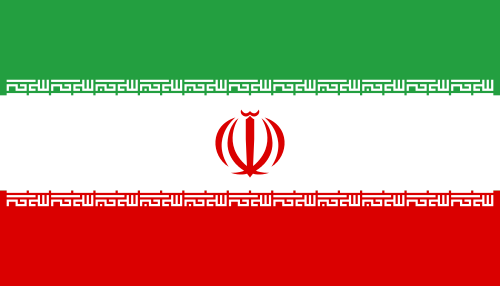Smart Medical University
Date Establishment
World Ranking
Master
Academic Staff
Students
International Students
Education today faces significant challenges with the growing use of information and communication technology (ICT) in higher education, particularly in medical education. Changes in healthcare delivery systems and advancements in medical technology have increased the service level of faculty members across various fields, resulting in less time dedicated to education. The importance of ICT development is such that, after the first decade of the 21st century, only a limited number of educational and research activities can be conducted without the use of internet and computer communications.
Previously, education was primarily delivered by teachers and instructors, with books serving as the main source of information. Today, new tools and communication technologies are being utilized for training. The internet has introduced numerous media, communication technologies, new tools, and methods to educational program designers, planners, managers, and administrators. The influence of new information technologies on training centers has transformed the learning process. Traditional learning patterns have changed, and users are now exposed to new and extensive information and knowledge.
Many leading countries in the field of telecommunications are now establishing and launching virtual universities and classes or developing their traditional systems. It appears that academic virtual learning is a successful system if suitable educational content and evaluation are formulated. According to a 2009 report, 75% of the top 129 universities used e-learning as an educational tool. In Iran, the use of this educational method, as a relatively inexpensive method, has been increasing, especially at higher education levels.
One of the challenges facing medical education is the growing influx of new areas of science into the existing curriculum and the need to leverage technological advances in traditional teaching methods. Today's students seek new learning experiences that are relevant to their needs. They are also more interested in individual forms of learning, and traditional teacher-centered education is increasingly shifting towards student-oriented methods which place learning under the student's control.
In addition, the growing process of globalization has brought about far-reaching changes in medical education. Governments, higher education institutions, and society, for political, academic, or economic reasons, are demanding an international dimension of their academic activities, including education, research, and service delivery. Due to these inevitable changes, the management of universities plays a critical role in guiding the institution in a changing environment. A comparative study of the activities that countries must undertake to become international in the field of higher education has drawn up:
- To have a strategy to become international,
- International programs for students,
- Internationalization of teaching,
- Distance learning and virtual teaching,
- Internationalization of research,
- Training and international technical support, and
- Providing support facilities at the international level to the students.
As it turns out, one of these seven strategies is to develop and pay attention to a variety of remote systems including e-learning.
On the other hand, the ever-increasing expansion of this new technology requires the development of dependent science and its related fields, which are increasing day by day. Fields such as cyberhealth psychology, virtual-space medical ethics, electronic health, etc. should be particularly noted.
The structure and function of online and virtual education universities in the world are similar to traditional systems. The present methods and media have changed and instead of face-to-face teaching in the university environment, an e-learning style with a hybrid model (combining electronic and in-person systems) has been used. This signifies a shift in the approach to education, adapting to the evolving needs of the modern world.
Welcome to all international students who have traveled to Iran. We understand that the university you have chosen may not meet all your welfare needs. In this case, the Parsian Pajouhan Apadana Institute is here for you.
At Parsian Pajouhan Apadana, considering the specific needs of international students, We offer a variety of services so that you can comfortably continue your studies. We are here to assist you and provide a desirable experience for you. Stay In touch with us and benefit from our services.N80
The initial registration fee for students at the university is $50. An annual fee of $50 is also required. For those interested in the Persian language course, which caters to all levels from beginner to advanced, the fee is $300.


